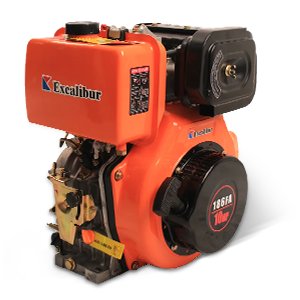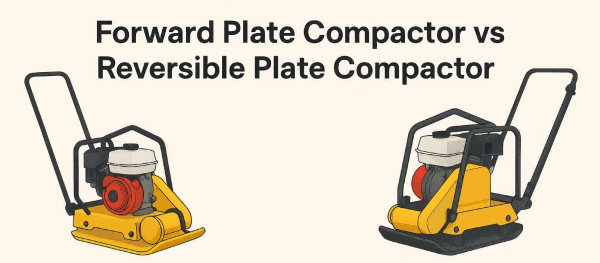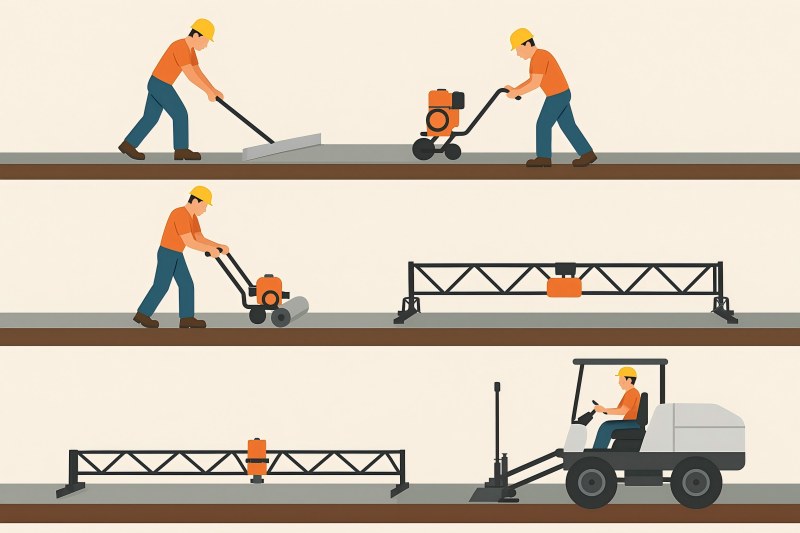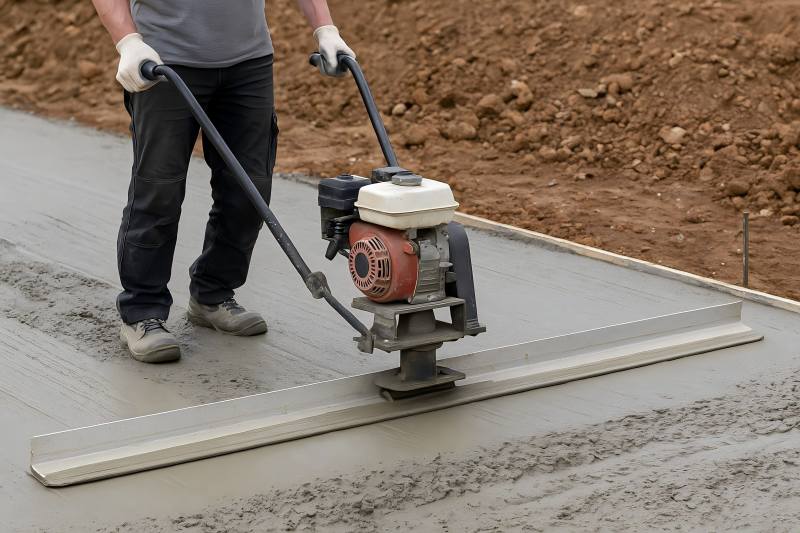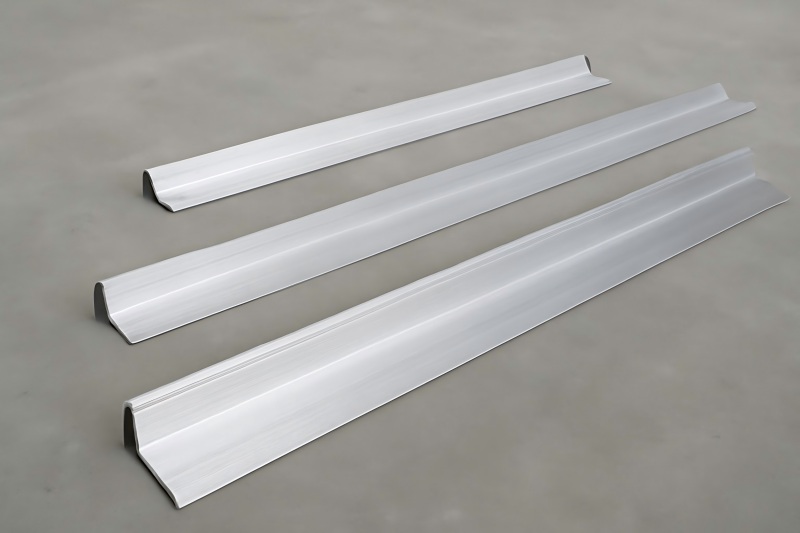Compaction is a fundamental step in nearly all construction projects, whether it involves laying down a foundation, paving a driveway, or preparing a trench. The forward plate compactor and the reverse plate compactor are two of the most widely used varieties of compaction equipment.
While both are designed to compress granular materials like soil, gravel, and asphalt, they differ in functionality, performance, cost, and suitable applications.
In this in-depth guide, we will explore the key differences, advantages, and ideal use cases of forward and reversible plate compactors. Whether you’re a contractor, equipment rental company, or DIY enthusiast, understanding these distinctions will help you make an informed choice.
Understanding the Basics: What Are Plate Compactors?
Plate compactors, also known as vibrating plate compactors, are machines that use a heavy metal plate combined with vibrations to compact soil and aggregate materials. Compaction is crucial because it eliminates air gaps, increases soil density, and improves the load-bearing capacity of the ground.
Types of Plate Compactors:
- Forward Plate Compactor
- Reversible Plate Compactor
(Other variants include hydraulic and high-performance compactors, but we’ll focus on the two main categories.)
Each type suits specific jobs, conditions, and application requirements best.
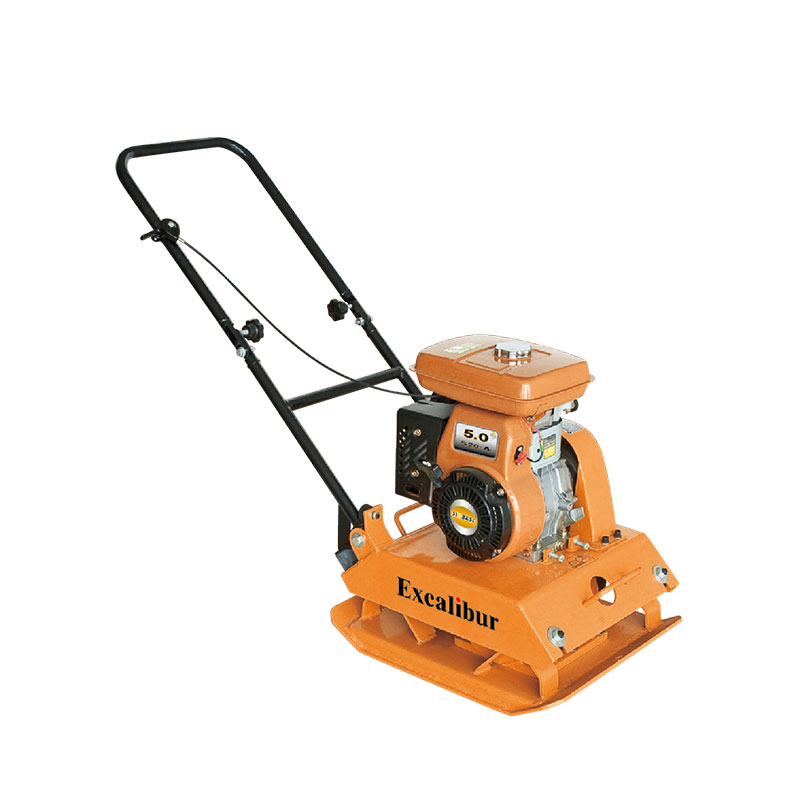
Forward Plate Compactor: Ease and Quickness
What Is a Forward Plate Compactor?
A forward plate compactor is a lightweight, single-direction compactor that only moves in a forward motion during operation. It typically has a smaller base plate and is ideal for compacting granular soils in confined or small areas.
How It Works:
- Powered by a gasoline or diesel engine
- Rotating eccentric weights create a vibratory force
- Vibration combined with the forward motion compresses the material underneath the plate
Key Features:
- Lightweight: Usually weighs between 100 to 300 pounds (45–135 kg)
- Compact Size: More manageable in cramped areas
- User-Friendly: Simple controls and minimal maintenance
- Lower Cost: More affordable to buy or rent
Best Applications:
- Sidewalks
- Driveways
- Landscaping projects
- Residential construction
- Asphalt patching
Limitations:
- Only moves forward, making it difficult to reposition in tight spots
- Less compaction force than reversible models
- Not ideal for cohesive or moist soils
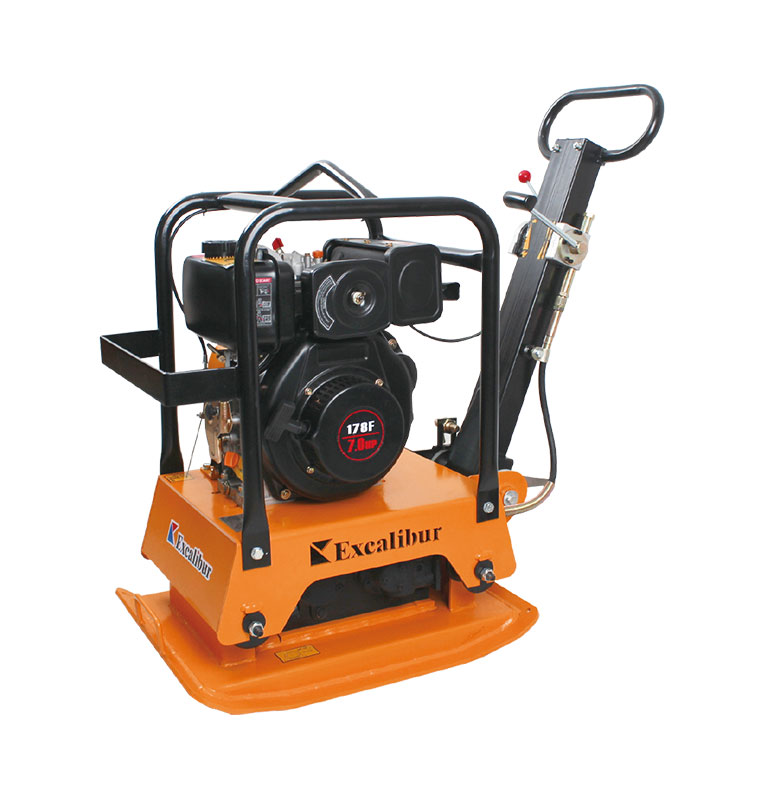
Reversible Plate Compactor: Power and Versatility
What Is a Reversible Plate Compactor?
A reversible plate compactor, as the name suggests, can move both forward and backward during operation. It is larger, more powerful, and capable of handling tougher compaction jobs with greater efficiency.
How It Works:
- Similar vibratory mechanism as forward plate compactors
- Has a mechanical or hydraulic mechanism that can change the direction of the plate.
- Vibration and directional flexibility allow for deeper and more uniform compaction
Key Features:
- Bidirectional Movement: Increases control and coverage
- Heavier Build: Weighs between 300 to 1,200 pounds (135–545 kg)
- Higher Compaction Force: Ideal for deep layers and compacting cohesive soils
- Advanced Control Systems: Some models offer variable speed and travel control
Best Applications:
- Trench work
- Large-scale foundation preparation
- Road and highway construction
- Commercial paving and utility installations
Limitations:
- Higher cost
- Larger size makes it harder to transport and operate in narrow spaces
- Requires more operator skill
Key Differences Between Forward and Reversible Plate Compactors
| Feature | Forward Plate Compactor | Reversible Plate Compactor |
| Movement Direction | Forward only | Forward and backward |
| Weight Range | 100–300 lbs | 300–1,200 lbs |
| Centrifugal Force | Up to ~4,000 lbs | Up to ~13,000+ lbs |
| Maneuverability | High in tight areas | Good, but requires more space |
| Soil Type | Granular soils | Granular and cohesive soils |
| Depth of Compaction | Shallow (2–6 inches) | Deep (up to 24 inches) |
| Price | Lower | Higher |
| Ideal For | Small residential jobs | Medium to large commercial jobs |
| Learning Curve | Easy to operate | Moderate operator skill required |
| Maintenance Needs | Minimal | Moderate to high |
Choosing the Right Compactor: Key Considerations
A. Project Size
- Small areas (sidewalks, patios, small trenches): Forward plate compactors are ideal due to their lightweight and portability.
- Large-scale jobs (commercial sites, deep trenching): Reversible compactors offer better compaction force and control.
B. Soil Type
- Granular materials like sand and gravel: Both compactor types can be used.
- Cohesive materials like clay: Reversible compactors perform better due to greater compaction force.
C. Budget Constraints
- Forward plate compactors are more budget-friendly and a good entry point for homeowners or small contractors.
- Reversible compactors involve a higher investment but are cost-effective for demanding tasks.
D. Maneuverability Needs
- Forward compactors are easier to operate in tight or awkward locations.
- Reversible compactors require more space but offer better control for large areas.
Cost and Rental Comparison
Purchase Cost
- Forward Plate Compactor: $600 – $2,000
- Reversible Plate Compactor: $3,000 – $8,000+
Rental Rates (Daily Average)
- Forward: $40 – $80/day
- Reversible: $100 – $200/day
These figures vary based on size, brand, and optional features (like water tanks for asphalt or transport wheels).
Maintenance and Durability
Forward Plate Compactors:
- Reduced parts mean a lower likelihood of mechanical failure.
- Routine maintenance includes oil changes, belt checks, and plate cleaning
Reversible Plate Compactors:
- More complex systems with hydraulics or mechanical reversers
- Requires regular checks on directional control mechanisms, vibratory assembly, and engine performance
Durability is high in both types, but reversible compactors tend to last longer in heavy-duty use due to their robust build.
Operator Experience and Safety
Forward Compactors:
- Suitable for beginners
- Minimal training required
- Lower risk of injury due to lighter weight and simpler controls
Reversible Compactors:
- May require training, especially on slope or trench compaction
- More powerful and potentially hazardous if misused
- Emergency shut-offs, vibration-dampening handles enhance operator safety.
Environmental and Operational Conditions
- Noise Levels: Both can be noisy; consider models with lower decibel ratings for urban or residential areas.
- Emissions: Most run on gasoline or diesel. Electric options are limited but growing in popularity for indoor work.
- Weather Impact: Wet or muddy conditions reduce compaction efficiency; reversible models perform better in adverse conditions.
Innovations and Future Trends
- Battery-powered plate compactors are emerging as sustainable alternatives for low-emission environments.
- Remote-controlled and automatic-grade compactors are being tested for high-precision applications.
- Vibration control technologies reduce operator fatigue and increase comfort.
These developments are more likely to appear first in reversible compactors due to their complex systems and broader commercial use.
Which One Should You Choose?
Choose a Forward Plate Compactor if:
- Working on small, flat areas with limited access.
- You need a compact and affordable machine
- You’re dealing with only light-to-medium granular material
- Portability and simplicity are priorities
Choose a Reversible Plate Compactor if:
- Working on large-scale or professional construction site projects.
- You need powerful compaction across a variety of soil types
- You require deeper, uniform compaction
- Flexibility in movement (forward/backward) improves productivity
Choosing between forward and reversible plate compactors depends on project size, budget, soil type, compaction depth, and space. While forward plate compactors are perfect for simple residential jobs, reversible compactors shine in more demanding industrial applications.
Understanding the strengths and trade-offs of each type will help you make smarter equipment decisions, leading to better compaction results, increased efficiency, and reduced long-term costs.

